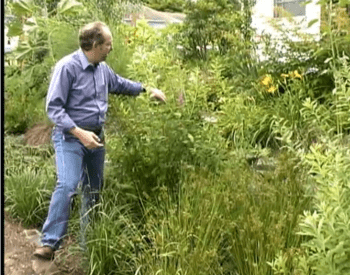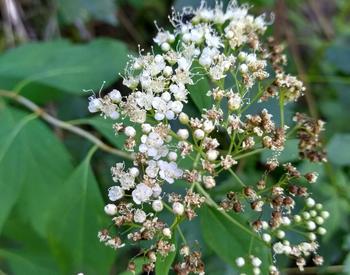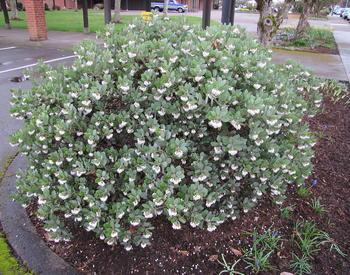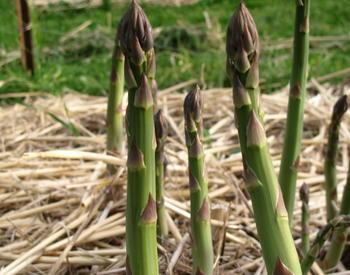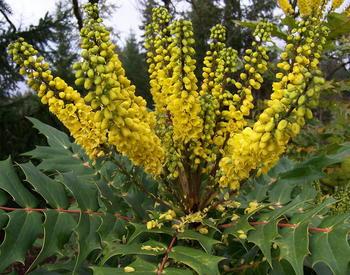Deer are hungry, hungry thugs that can destroy a garden overnight — a common seasonal conversation topic among gardeners on social media. Cases of deer mowing down veggie patches increase as the year progresses and as native forages dry up or have been eaten since spring rains.
The only proven, long-term deer exclusion device is the expensive and aesthetically unsatisfying double fence. University of Vermont discusses deer fencing strategies.
The key is a fence taller than eight feet or the addition of a second barrier fence, which is often just a strung wire, several feet outside the taller fence. Deer can jump far and high but not in the same jump, so the second fence (wire) can make a huge difference. However, fencing is often not an option for a variety of reasons — cost, rental properties, layout, existing fencing.
The following are options for combatting deer in the garden when fencing is not an option. Important: most of these tactics will only work for a short while before the deer catch on. It’s usually necessary to rotate tactics every few weeks.
Deer-resistant plants
Hard as it is to believe, deer don’t actually like all plants — some are reserved for eating when there is nothing else left that tastes better. Using deer-resistant plants makes your garden less attractive to deer feeding.
This tactic may be especially helpful when the less tasty plants are on the outside or perimeter of the yard, protecting the tasty buffet within. If possible, a hedge of unpalatable plants might serve the role of a fence. For a list of deer-resistant plants suitable for the Klamath Basin, see: Deer-resistant plants central Oregon.
Again, deer will eat anything if they are hungry enough. Feeding in gardens is most problematic during drought when there are fewer food choices in wild areas.
'Trap' crops
Not to be confused with baiting deer for hunting purposes, the thought behind this tactic is to provide a preferred food, such as clover, so deer will fill up on this instead of desired garden plants. This method is potentially useful for those with large tracts of land and space to separate deer-friendly plants from those reserved for humans.
Motion-activated sound and water
A variety of devices are available that make sounds or shoot jets of water when motion is detected. These can be pricey and like other tactics, deer tend to become less skittish around them over time. In recent years, longer-lasting solar batteries make these more useful. Best results are achieved when the devices are moved around in the garden to keep the surprise factor intact.
Urine and blood repellents
Deer rely heavily on smell, and blood and coyote urine smell like danger. Some studies have shown very good success with these products — especially in dry climates, where rain won’t dilute the smell right away.
These products need to be applied regularly, per product directions, and have noticeable (to people) odor for a few days after application. Some products are applied right on plants, while others are used to create a “smell perimeter” around the garden. Be sure to read instructions carefully before application.
Movement and sound
All of these have some usefulness in keeping deer away, especially if the items are moved around regularly to keep things confusing for the deer.
- Dogs.
- Wind chimes.
- Air dancers.
- Wind socks.
- Whirligigs.
Dogs that stay outside at night can also serve as a deterrent — though especially hungry or breeding deer may charge even a large dog. Some dog owners have been known to use the hair from brushing their favorite canine, putting hairballs in net bags hung from favorite susceptible plants to make the plants smell more dangerous.
Especially in drought years, hunger will bring more and more deer into our managed spaces as the season progresses. When adequate fencing is not an option, a rotation of tactics is often more successful than relying on any one method to deter deer.






